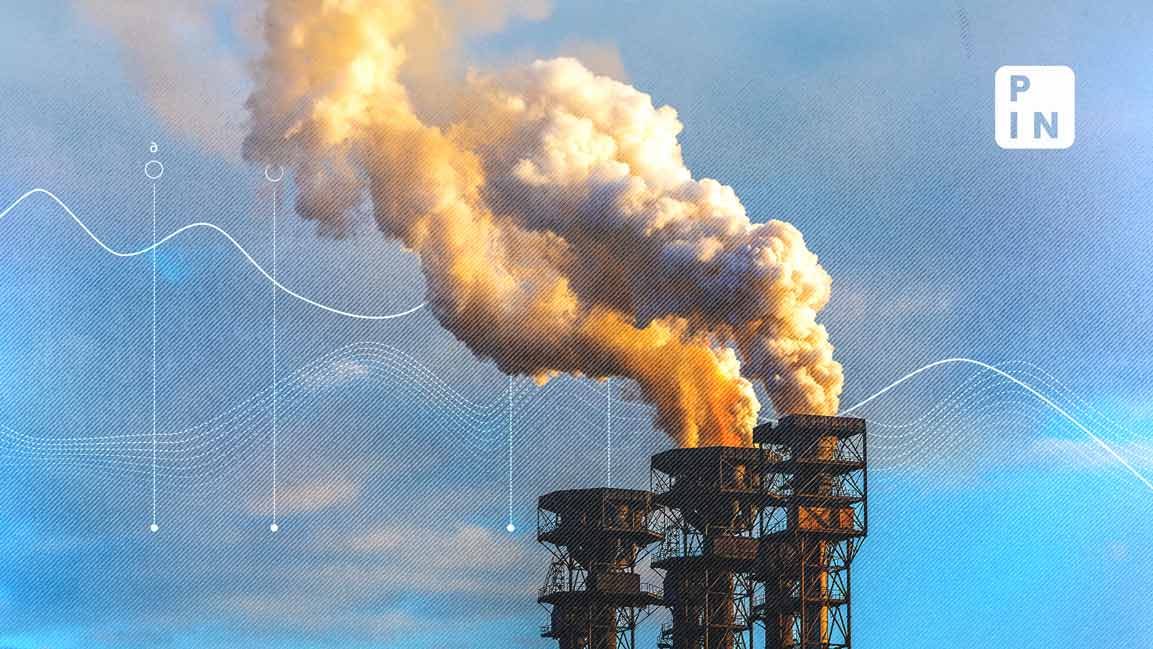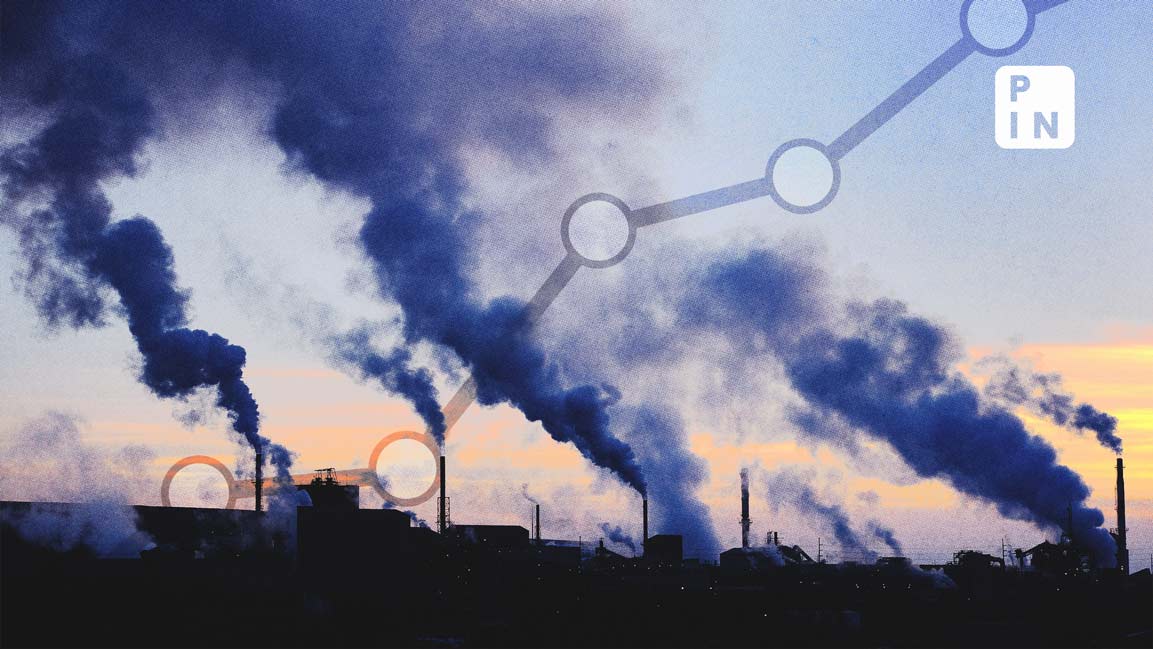- | 3:30 pm
Gases behind Ozone hole on the decline, study finds
Even though there have been a few instances of unexpected CFC emissions, the overall amount of these global warming-causing chemicals has seen a steady decrease since its peak

There are also a few minor HCFCs that haven’t followed the downward trend, as they are being released during production of other chemicals. The Montreal Protocol doesn’t regulate these accidental leaks, but the study suggests that this might be a bigger problem than first thought.
The good news is that HCFC emissions were still found to be much lower than CFC emissions used to be. At their worst, CFCs were five times more potent than HCFCs at trapping heat in the atmosphere.
“CFCs have atmospheric lifetimes of decades to centuries, while those of HCFCs are generally less than 20 years,” the study said.
Widely used in refrigeration, air conditioning, and other appliances, CFCs break down the stratospheric ozone layer that acts as Earth’s protective shield against the Sun’s harmful ultraviolet rays.
HCFCs were introduced as a replacement for CFCs because they have a lower ozone depletion potential, however, are still greenhouse gases and contribute to global warming.
The Montreal Protocol was thus amended to include HCFCs but still mandated a global phaseout by 2040. This decline in HCFC emissions is a positive step towards achieving this goal as reduced emissions lessen the impact on the ozone layer and can contribute to its recovery, while mitigating global warming.
Along with that, the Kigali Amendment targeted a new group of chemicals called HFCs (hydrofluorocarbons) that replaced HCFCs in many industries. Other environmental agreements like the Paris Agreement have also been working to bring down HFC emissions, even though they are still on the rise for now.
While HCFC emissions have observed a decline, the study makes it clear that it is important to continue monitoring, to ensure that adherence to the phaseout schedule is maintained.













